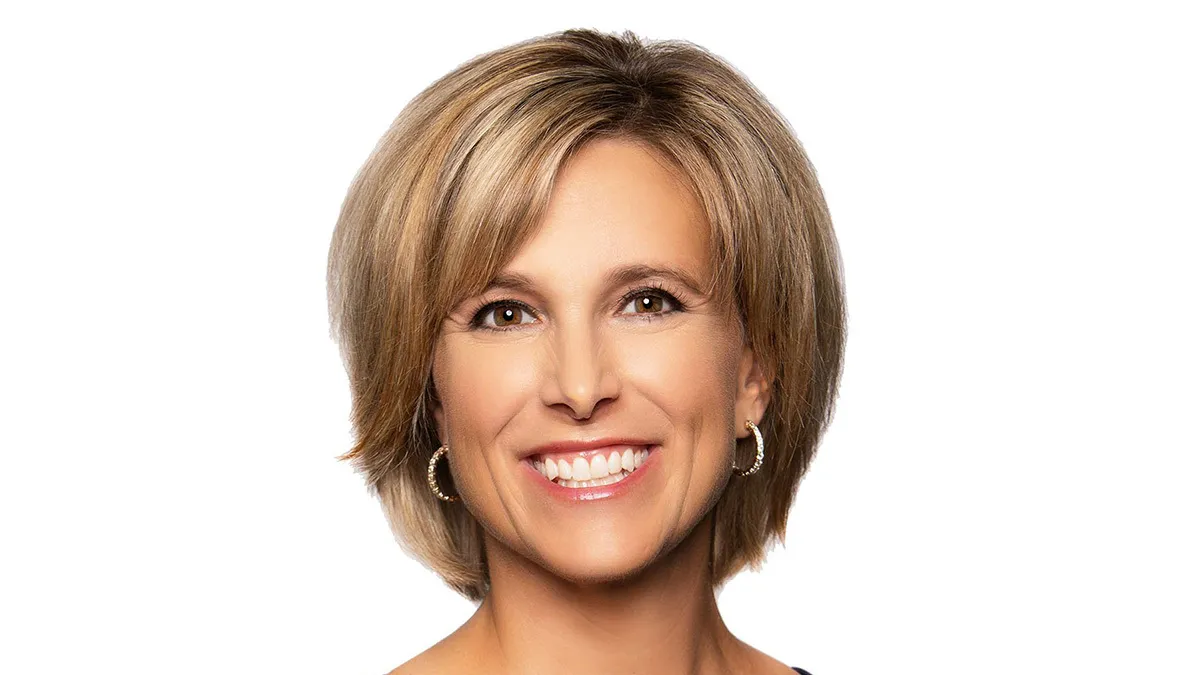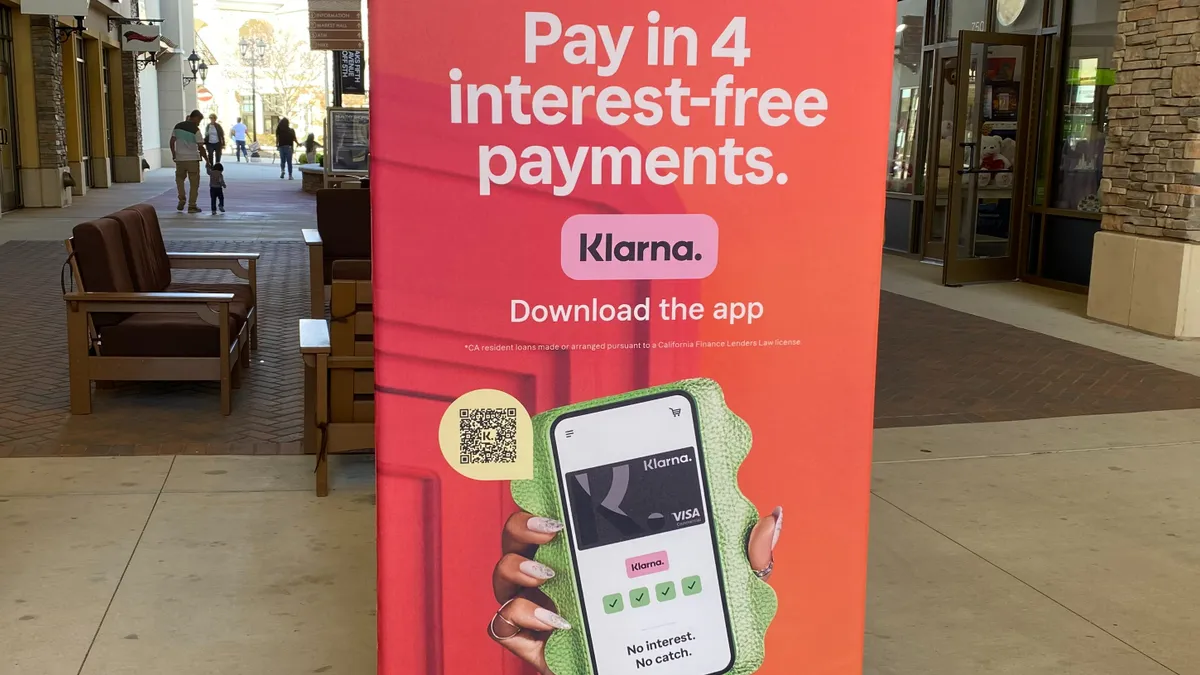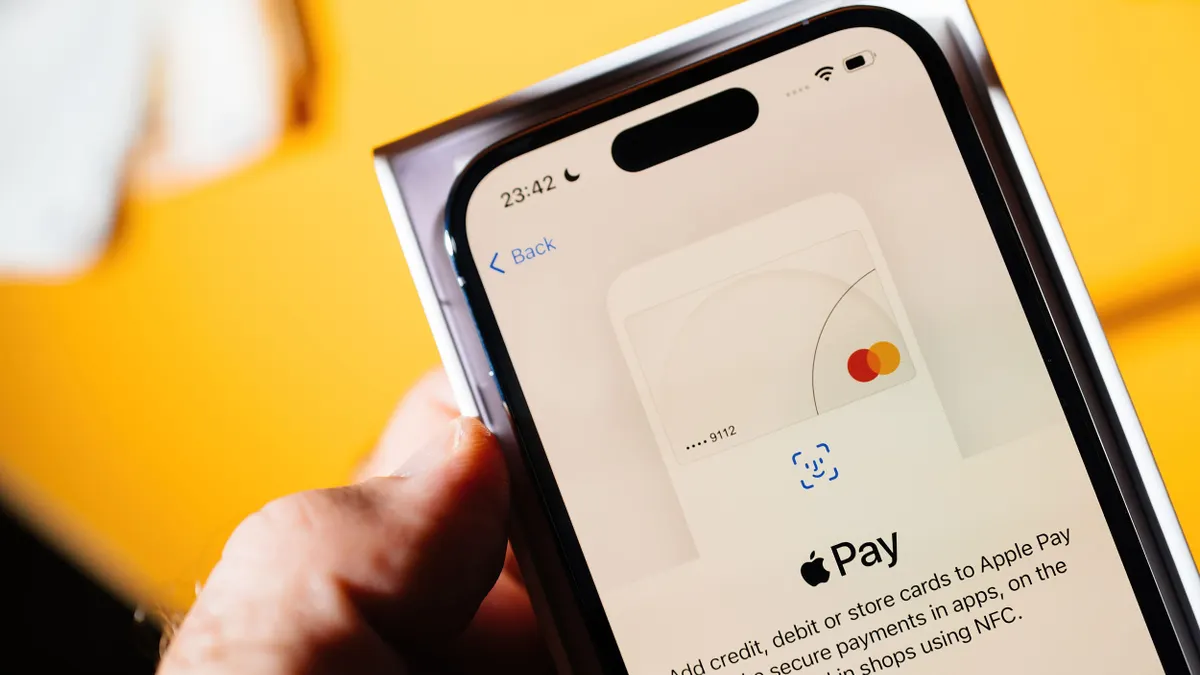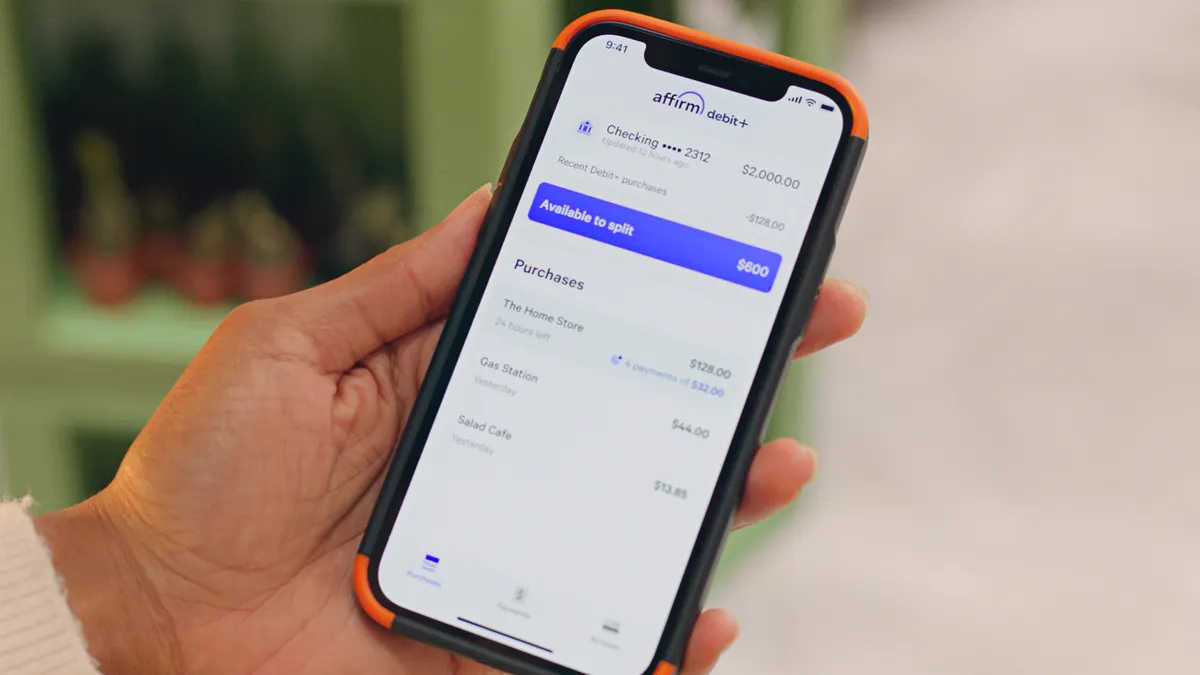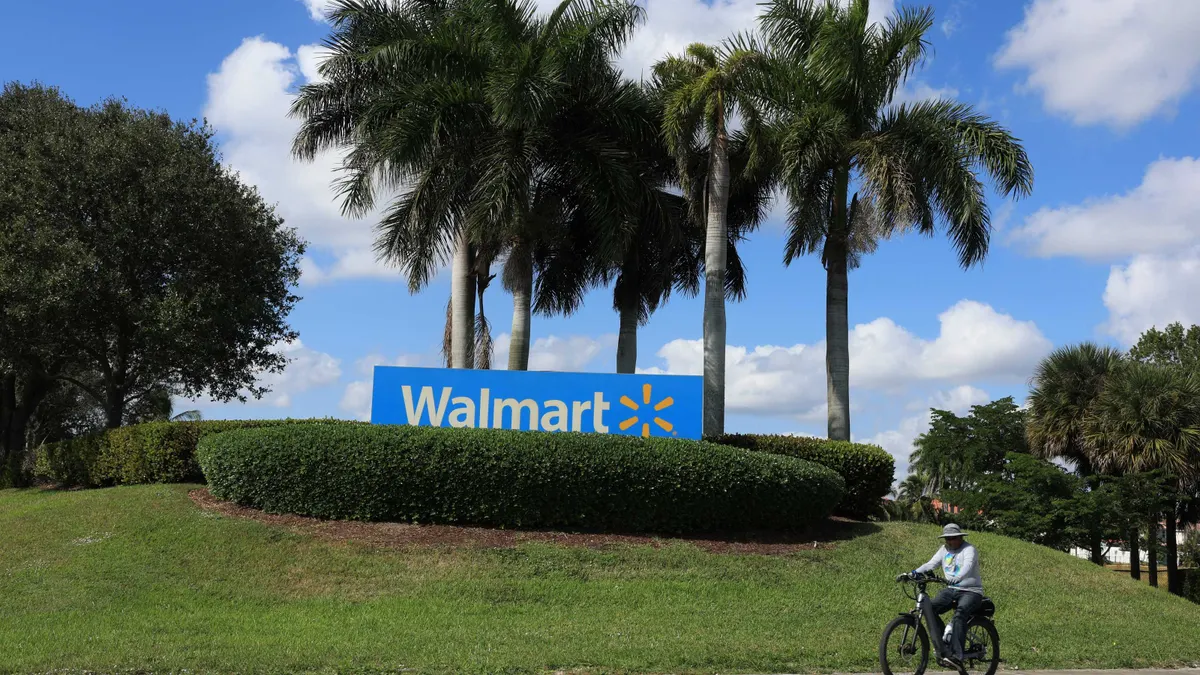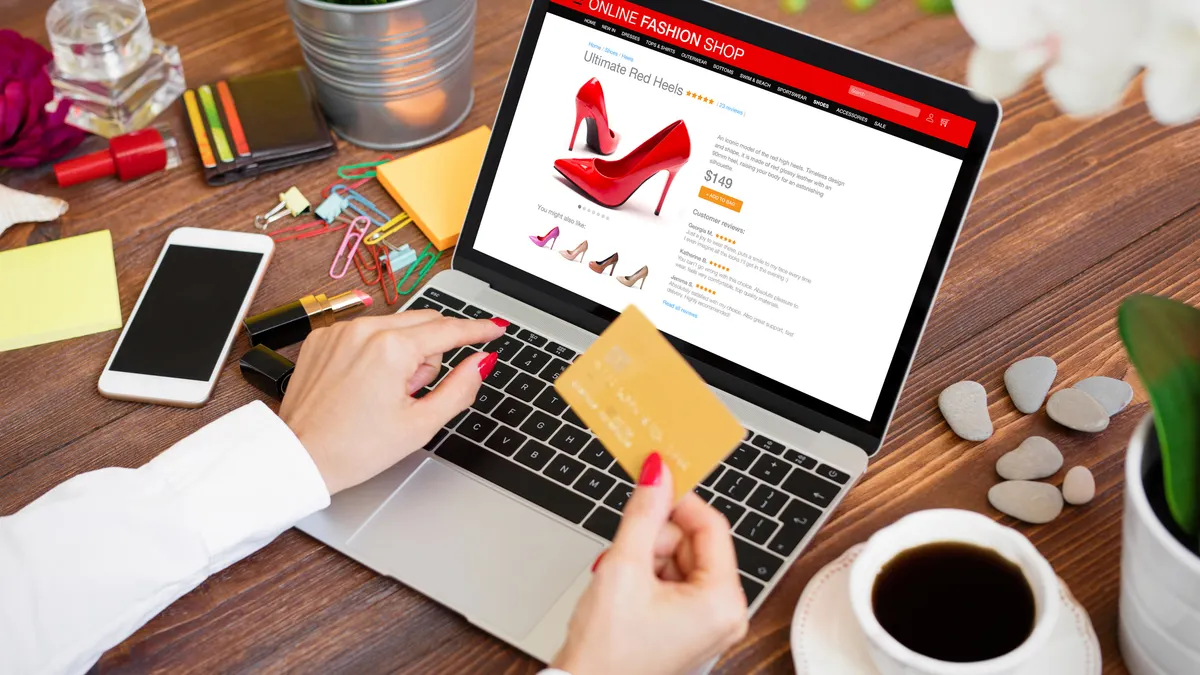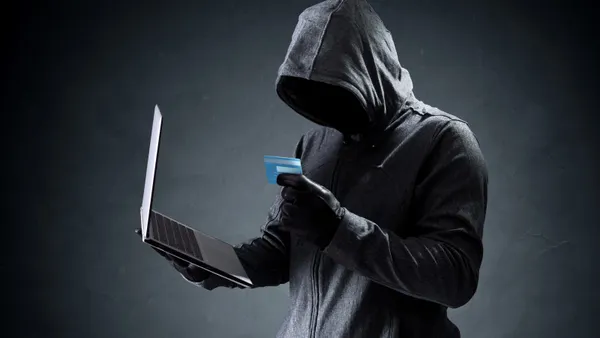Reach in your purse. Or put your hands in your pockets. Take out your phone and your wallet and lay them down in front of you. It may not seem like it now, but your wallet is going to get eaten up by your phone. Wallets are going electronic. In fact, you may have used a digital wallet today.
But what is a digital wallet exactly? Is it just a place to store digital money like cryptocurrency? Does it help you shop online?
A digital wallet is an electronic version of the wallet you already carry in your purse or pocket, according to OpenWallet Foundation Executive Director Daniel Goldscheider. “It's a container for credit cards and debit cards and ID cards and driver's licenses and cash and maybe your golf club memberships,” Zurich, Switzerland-based Goldscheider said in an interview.
Goldscheider’s definition is more expansive than those by digital finance site Nerdwallet or news site Business Insider, which define digital wallets as a way to “store your payment options, such as credit and debit cards” and “a tool that lets you store cards and make payments through your phone,” respectively.
While those definitions of digital wallets focus on payments, tech giants like Apple, Google and Samsung have been steadily moving to replace physical wallets entirely by incorporating other credentials in a wallet.
Take ID cards, for example. As of December 2023, four U.S. states currently allow residents to upload their driver’s license to Apple and Google wallet apps. And Samsung isn’t far behind, according to technology news site CNET.
“Our user research repeatedly shows that one of the top use cases people want in a digital wallet is a way to save their ID,” Google Wallet Director Dong Min Kim said by email. “We see digital identity playing a strong role in digital wallet offerings in the next year, making digital wallets even more helpful for users.”
But what about cash? Americans have been using it less and less over the last few years, according to the Federal Reserve Bank of San Francisco. The bank’s research found that cash accounted for 18% of all U.S. payments in 2022, down from 31% in 2016. Places like sports stadiums and college campuses have stopped accepting cash all together, with some offering reverse ATMs that accept cash and issue a payment card. The Fed has even explored the idea of a central bank digital currency, though that’s not a reality today.
How digital wallets work
A digital wallet needs to be able to make payments. For online payments, the wallet can simplify the checkout process by automatically entering a customer’s credit or debit card information. That saves the shopper time in not having to manually enter the identifying information.
But for in-person transactions, like at a coffee shop or grocery store, the digital wallet has to be able to share the customer’s card information without a physical card to swipe or tap. It becomes a contactless payment. The wallet does this by using one of at least three different technologies.
Near-field communication: NFC has become widely used for contactless payments, thanks to tech titan Apple. Both Apple Pay and Google Pay use this technology, which allows two devices placed close to each other to communicate via electromagnetic signals.
Quick response codes: QR codes encode payment data in images made up of black and white squares. The codes can be read by a smartphone camera or a special scanner. PayPal’s mobile app lets users generate a QR code to make contactless payments in a store.
Magnetic secure transmission: MST is a magnetic pulse that mimics a card swipe. This allows any kind of credit card machine to receive a payment from a smartphone or smart watch. Samsung previously used MST for its digital wallet, but phased it out for new phones starting in 2021, according to the outlet Android Police.
But digital wallets will have to do more than make payments to replace their physical counterparts, Goldscheider said. And while things like boarding passes and loyalty cards are fairly easy to transfer into digital form, there are additional challenges when it comes to identification cards like driver’s licenses.
Goldscheider illustrated those challenges in terms of a police officer checking a driver’s license: “You actually use the driver's license — the piece of plastic — to look whether that thing looks like a legitimate driver's license. But you have something else, you have me sitting behind the wheel and you can look at the photo,” Goldscheider explained. The physical license provides proof that it is legitimate and that the holder is who they claim to be.
According to Goldscheider, a digital wallet must have a way for the user to authenticate themselves, “basically something that you need to do in order to prove to the wallet and whoever is looking at a credential that you are indeed, you.”
Since anyone could pick up another person’s device, the wallet must request a form of identification, like scanning a user’s fingerprint or face. Smartphones already use biometrics as an access key. Both Apple and Google offer facial scans and fingerprints as a way to securely unlock their devices.
This check is “the most important role of the digital wallet,” Harvard Business School Associate Professor Andy Wu said in an interview. Digital wallets are bound by know-your-customer regulations. And they need to protect the identity and the money of the wallet holder, said Wu, who is based in the greater Boston area.
While items like ID cards and airline boarding passes can be stored on a phone or smartwatch, there is one key difference between a physical wallet and its digital counterpart: you don’t have to unlock a physical wallet.
The players
Apple and PayPal provide the two dominant digital wallets in the U.S., according to Statista financial services researcher Raynor de Best.
It’s hard to get precise data on digital wallets, said de Best, who is based near Hamburg, Germany. A lot of the statistics that do exist are based on surveys from different organizations asking different kinds of questions. But at the top of the U.S. market? “I would still say PayPal and Apple Pay,” de Best said.
Apple’s payment app captured 44% of U.S. in-store digital wallet transactions in 2022; the runner-up was Google Pay with 15%, according to data compiled by the bank Capital One. And in the e-commerce world, PayPal is used on about seven million live websites while Apple Pay is used on about two million, according to Capital One.
Big tech companies like Apple and rival Google don’t want to share their market position if they don’t have to, probably for competitive reasons. It’s not necessarily a required public company disclosure because digital wallets and payments are only a part of their business. The companies can just lump income from them in with other segments of their businesses.
After Apple and PayPal, the competitive landscape gets murkier, but who else is in the game? Cash App, Google Wallet, Samsung Wallet and Venmo, according to Consumer Reports Director Delicia Hand. Most of these digital wallets have started offering banking services such as savings accounts and debit cards. Some offer in-store payment features, cryptocurrency support, or the ability to buy stocks.
Meta, formerly known as Facebook, has tried and failed to launch a digital wallet focused on cryptocurrency. Though it does have a payments service of its own.
Another social media platform making a digital wallet play is X, formerly known as Twitter. Owner Elon Musk has long had ambitions to add a payments feature in a bid to create a “super app” like the Chinese app WeChat. Musk has said X will replace bank accounts in 2024, although the company only has 13 of the state licenses it will need to facilitate nationwide payments.
Bank-backed Paze is set to launch next year and will be looking to ramp up users and merchants as the year goes on. Early Warning Services, the parent company for Paze, is also behind payment service Zelle. It’s betting that online shoppers will want a digital wallet seamlessly integrated into their existing bank accounts.
And outside of technology and finance, other big companies are making their own wallet plays. Coffee chain Starbucks bundles rewards, payments and ordering into its mobile app. So does fast-food chain McDonald’s. And retailer Walmart offers its own QR-code payment system from its mobile app.
What comes next?
Here come the regulators. Now that digital wallets are taking off, the feds and the states are eager to put up some guardrails. And since digital wallets are adding bank accounts and debit cards, the Consumer Financial Protection Bureau wants to treat them like banks.
“It's all getting regulated, baby, and money is money, and where you store your money needs to be a really safe place,” RegAlytics CEO Mary Kopcyznski said in an interview.
The CFPB is also taking aim at contactless payments. Right now, Apple Pay has exclusive access to the iPhone’s tap-to-pay functionality, but the agency is seeking to make Apple share the NFC chip with other wallets, which could create an opening for competitors like Venmo and PayPal. Apple has already offered to play nice with competitors in Europe by doing exactly what the CFPB wants: letting rival apps use tap-to-pay. Could the U.S. be far behind?
Speaking of Europe, Americans should look across the pond to see what the future of digital wallets will hold. The European Union has announced plans to create a government-backed digital wallet for all citizens that will support government identification.
“The whole idea is that there will be a digital identity for everybody who wants one,” EU Digital Identity Wallet Consortium Advisor Annet Steenbergen said in an interview. “It's not obligatory ... It will be secure and available offline and online. And everybody will be able to share only what they want to share.”
And while a U.S. government-backed digital wallet isn’t likely soon, tech firms like Google have shown they're already on the way to incorporating ID cards into digital wallets alongside payment cards.
With all of these things moving from purses and pockets into phones and watches, expect to see digital wallets start offering more financial dashboards to help consumers keep track of it all.
“You can see the marketplace responding this way for a more holistic approach for consumers managing their financial lives, such that they are able to store all of these different apps and services in one place and have them actually communicate so that I as a consumer have a better snapshot of my larger financial picture,” Hand said in an interview. Hand is based in Washington, D.C.






